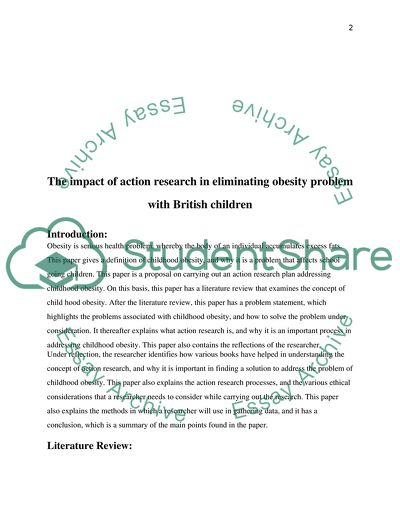Cite this document
(Action Research Plan Addressing Childhood Obesity Term Paper, n.d.)
Action Research Plan Addressing Childhood Obesity Term Paper. Retrieved from https://studentshare.org/social-science/1805639-already
Action Research Plan Addressing Childhood Obesity Term Paper. Retrieved from https://studentshare.org/social-science/1805639-already
(Action Research Plan Addressing Childhood Obesity Term Paper)
Action Research Plan Addressing Childhood Obesity Term Paper. https://studentshare.org/social-science/1805639-already.
Action Research Plan Addressing Childhood Obesity Term Paper. https://studentshare.org/social-science/1805639-already.
“Action Research Plan Addressing Childhood Obesity Term Paper”, n.d. https://studentshare.org/social-science/1805639-already.


